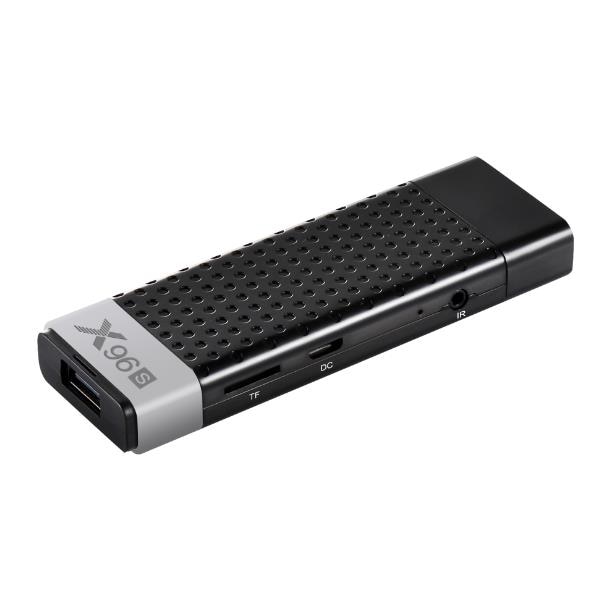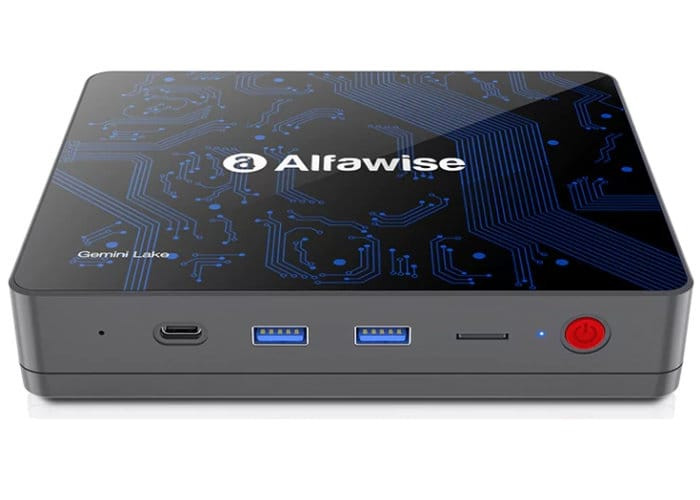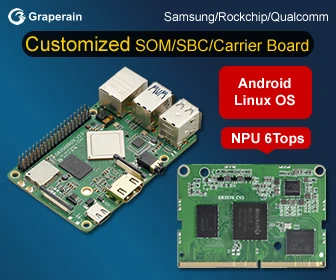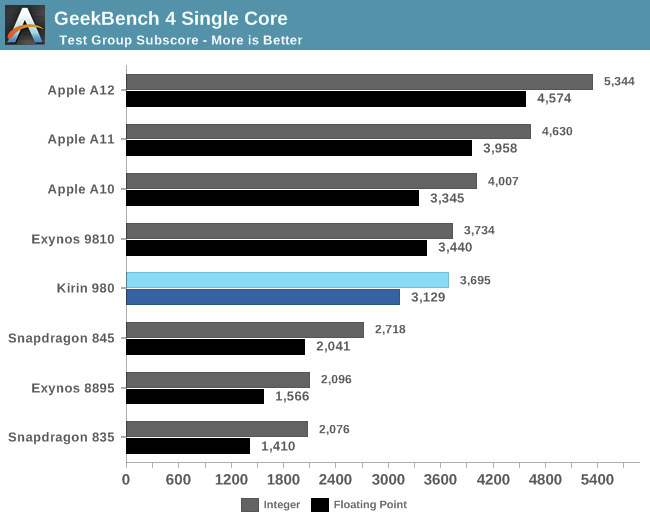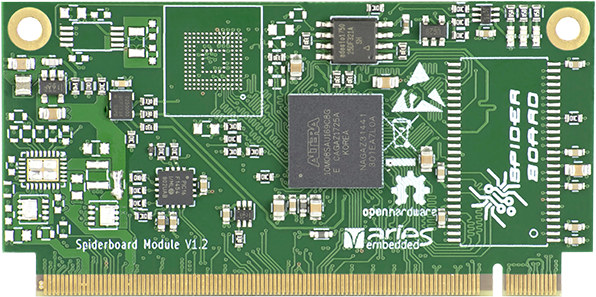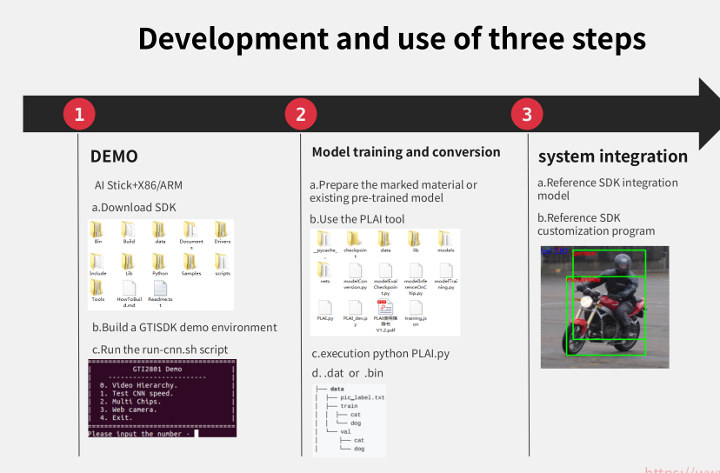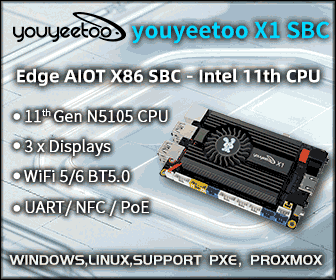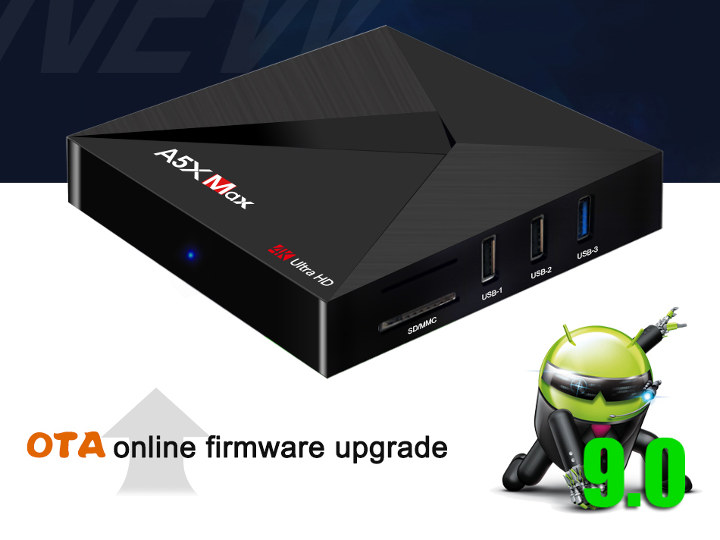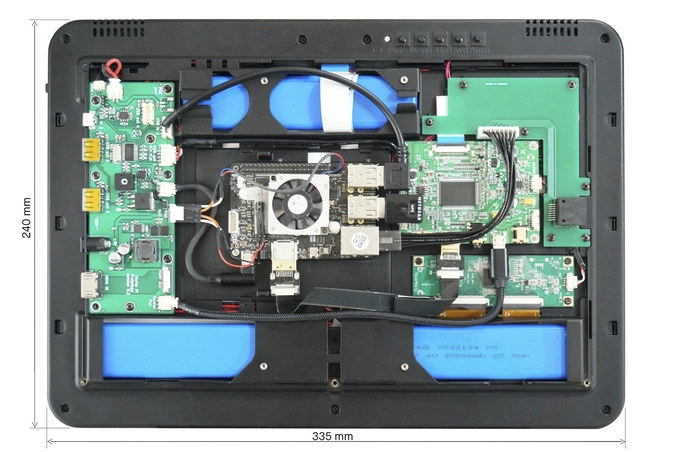Lacking Ethernet support, the latest Amlogic S905Y2 processor is designed for 4K HDMI TV dongles. However excluding Amlogic’s own TV stick reference design, we only had seen S905Y2 TV boxes so far, and no actual commercial product following the TV stick form factor. That has now changed since X96S TV stick powered by Amlogic S905Y2 processor has appeared on several Aliexpress stores with price starting at $38.76 including international shipping.X96S TV dongle specifications: SoC – Amlogic S905Y2 quad core ARM Cortex-A53 @ up to 2.0 GHz with Mali-G31 MP2 “Dvalin” GPU System Memory / Storage options 2GB LPDDR4, 16GB eMMC flash, micro SD card slot 4GB LPDDR4, 32GB eMMC flash, micro SD card slot Video & Audio Output – HDMI 2.1 output with HDR up to 4K UHD @ 75 Hz Video Codecs – VP9 Profile-2 up to 4K 60fps, 10-bit H.265 up to 4K 60fps, AVS2-P2 up to […]
Alfawise T1 Gemini Lake Mini PC Offered for $150 (Promo)
Gemini Lake mini PCs have been around for a while, but not quite at the price most expected, that is roughly the same as Apollo Lake, possibly due to shortages of Intel’s entry level processors. So for example, I had yet to see any Gemini Lake computers for under $150, with with Black Friday taking place now, GearBest decided to offer Alfawise T1 mini PC powered by an Intel Celeron N4100 quad core processor for just $149.99 with coupon GBJEAN. Alfawise T1 specifications: SoC – Intel Celeron N4100 quad core Gemini Lake processor up to 2.4 GHz with Intel UHD Graphics 600; 6W TDP System Memory – 4GB DDR4 Storage – 64GB eMMC flash, 2.5″ SATA bay, M.2 SSD slot, micro SD card Video Output – 2x HDMI 2.0 ports up to 4K @ 60 Hz Audio – Via HDMI, built-in microphone, 3.5mm audio jack Connectivity – Gigabit Ethernet, dual […]
ODROID-XU4 and ODROID-XU4Q Boards Going for $49 (Promo)
ODROID-XU4, and its fanless ODROID-XU4Q sibling, are neat little single board computer packing lots of power into a small form factor. I tested ODROID-XU4 with Ubuntu 18.04 recently and was relatively impressed by how well it worked considering it’s an Arm platform, as there were still admittedly some limitations. But as they say at $59 a board you can’t beat the price. Except you can actually do, as Hardkernel is offering both ODROID-XU4Q and ODROID-XU4 for just $49 during Black Friday here and there. If you’ve already forgotten about the board it is equipped with a Samsung Exynos 5422 octa-core Cortex A15/A7 processor, 2GB RAM, eMMC module support, Gigabit Ethernet, USB 3.0, HDMI 1.4, and more. You can read the full specifications here. The only difference between ODROID-XU4 and ODROID-XU4Q is the latter comes with a large heatsink, while the former is cooled by fan. If you are currently shopping […]
HiSilicon Kirin 980 Benchmarks Show Cortex A76’s Impressive Performance & Efficiency Improvements
HiSilicon Kirin 980 was the first processor announced with Cortex A76 cores, which were said to deliver laptop-class performance, with 35% performance improvement over Cortex A75, and around twice the performance of Cortex A73 cores thanks to improvements, and a higher CPU frequency up to 3.0 GHz. But now that Huawei Mate 20 / Mate 20 Pro smartphones are out, various reviews have been published, and Anandtech was mostly able to confirm the claims. In most case, actual results were inline with expectation despite Kirin 980 clock speed being “limited” to 2.6 GHz. Looking at GeekBench 4 single-thread integer and floating-point scores, the Cortex A76 core based Kirin 980 is significantly faster than Cortex A73 powered Snapdragon 835 clocked @ 2.45 GHz. Precisely: 1.77x faster in the integer score,and 2.21x faster in the floating point score. SPECS2006 confirmed the good performance with 1.89x higher integer score, and 2.04x faster for […]
Open Source Hardware SpiderSoM System-on-Module Features Intel MAX 10 FPGA
When embedded systems companies offer a system-on-module (SoM) and a baseboard, the later is usually open source hardware with all design files provided so that customers can leverage the work for their own baseboard, but files for the SoM are normally not released to customers. Intel MAX 10 FPGA based Aries SpiderSoM and SpiderBase change that, as the company has decided to release both the module and carrier board KiCAD designs under a CERN OHL v1.2 license. SpiderSoM system-on-module specifications: FPGA – Intel MAX 10 FPGA in F256 package from 10M04DC to 10M50DA System Memory – Optional 128/256/512MB DDR3 DRAM for 10M 16/25/40/50 FPGAs Storage – Optional 4 MB SPI NOR, optional 4 GB eMMC flash 230-pin MxM2 edge connector with 178x FPGA GPIO pins, including 13 LVDS transmitters and 54 receivers Misc – RTC with battery backup, programmable clock generator and PLL, with optional external reference input Power Supply […]
Orange Pi AI Stick 2801 Neural Compute Stick SDK & Documentation Released
We covered the launch of Orange Pi AI Stick 2801 neural compute stick a few days ago, the first easily available Gyralcon Lightspeeur based USB stick, and noted that while the hardware was there, we had no details about software development kit and documentation at the time. I’ve got some more information now. First, the company release an English presentation about the neural stick, and while it’s not technical documentation, it provides insights into what it is capable of, and an overview about the workflow. More importantly, Shenzhen Xunlong Software also released Orange Pi AI Stick SDK and user manual for x86 PC, as well as cat/dog data and pre-trained models to get started. However, if you want to perform training with your own data, you’ll need to purchase the stick plus PLAI model transformation and training tools sold on Aliexpress for $218 plus shipping, that’s $69 for the hardware, […]
Android 9.0 TV Boxes Now Available for $45 and Up (Promo)
If you own a fairly recent official Android TV device, you should probably expect an update to Android TV 9.0 in due time, but for TV boxes running Android instead, I was not aware of any models running Android 9.0 so far. Having said that, with Android 9.0 support announcements from Amlogic and Rockchip made earlier, we knew Android 9.0 boxes would eventually become reality, and according to listings on Geekbuying, there are at least two Rockchip RK3328 TV boxes running Android Pie: A5X Max going for $45.49 shipped with coupon A5XMAX9, and X88 MAX+ selling for $49.99 including shipping. Both boxes come with similar features except X88 Max+ comes with 64GB flash and dual band AC WiFi, so I’ll have a look at A5X Max specifications: SoC – Rockchip RK3328 quad core Cortex A53 processor @ 1.5 GHz with Mali-450MP2 GPU System Memory – 4GB DDR3 Storage – 32GB […]
Diskio Pi 13.3″ DIY Tablet Kit for Raspberry Pi – Take 2 on Kickstarter
Diskio Pi was a DIY tablet kit for Raspberry Pi, ODROID-C2/XU4 and other compatible boards with a 13.3″ Full HD display that launched last year on Kickstarter. But the project failed likely due to the high costs (350 Euros and up for early bird pledges without battery nor SBC) and an elevated funding target of 400,000 Euros. But the team did not give up, worked on reducing costs, improved the design, and recently relaunched Diskio Pi on Kickstarter with a more achievable 52,096 Euros target, and reasonable pricing with rewards starting at 189 Euros including VAT. Diskio Pi “basic” DIY tablet kit content and main specifications: Display – Innolux 13.3″ TFT/IPS display with 1920×1080 resolution, WLED backlight + 10-point touch capacitive panel connected over USB 2.0 Video control board with HDMI 1.4 to eDP converter, stereo amplifier, and 2x 1W speakers Daughter board with Genesys USB hub, 9V to 5V/4A […]

